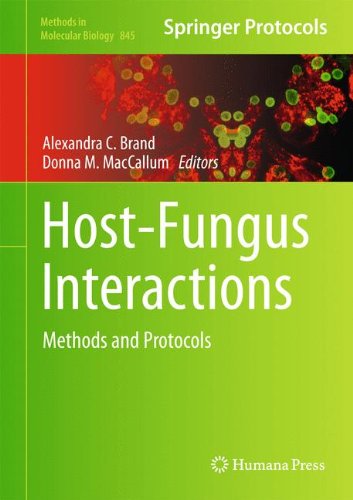

Most ebook files are in PDF format, so you can easily read them using various software such as Foxit Reader or directly on the Google Chrome browser.
Some ebook files are released by publishers in other formats such as .awz, .mobi, .epub, .fb2, etc. You may need to install specific software to read these formats on mobile/PC, such as Calibre.
Please read the tutorial at this link: https://ebookbell.com/faq
We offer FREE conversion to the popular formats you request; however, this may take some time. Therefore, right after payment, please email us, and we will try to provide the service as quickly as possible.
For some exceptional file formats or broken links (if any), please refrain from opening any disputes. Instead, email us first, and we will try to assist within a maximum of 6 hours.
EbookBell Team

4.4
52 reviewsMicrobiologists, medical mycologists, immunologists, and biochemists are increasingly working together to focus on the processes involved in the progression and treatment of fungal disease. Host-Fungus Interactions: Methods and Protocols is designed for research scientists who are involved in this work and interested in undertaking new or comparative studies of interactions between the mammalian host and clinically important fungal pathogens. Aiming to combine approaches for reverse genetics in pathogenic fungi with methods for their application in in vitro and in vivo models of disease, the book includes methods for the culture and genetic manipulation of the primary fungal pathogens and the opportunistic pathogens, as well as methods for investigating host-fungus interactions in model systems. Written in the highly successful Methods in Molecular Biology™ series format, chapters include introductions to their respective topics, lists of the necessary materials and reagents, step-by-step, readily reproducible laboratory protocols, and tips on troubleshooting and avoiding known pitfalls.
Comprehensive and practical, Host-Fungus Interactions: Methods and Protocols describes available molecular methods and fungal infection models in great detail in order to encourage researchers to try new approaches to investigating host-fungus interactions with added levels of confidence.